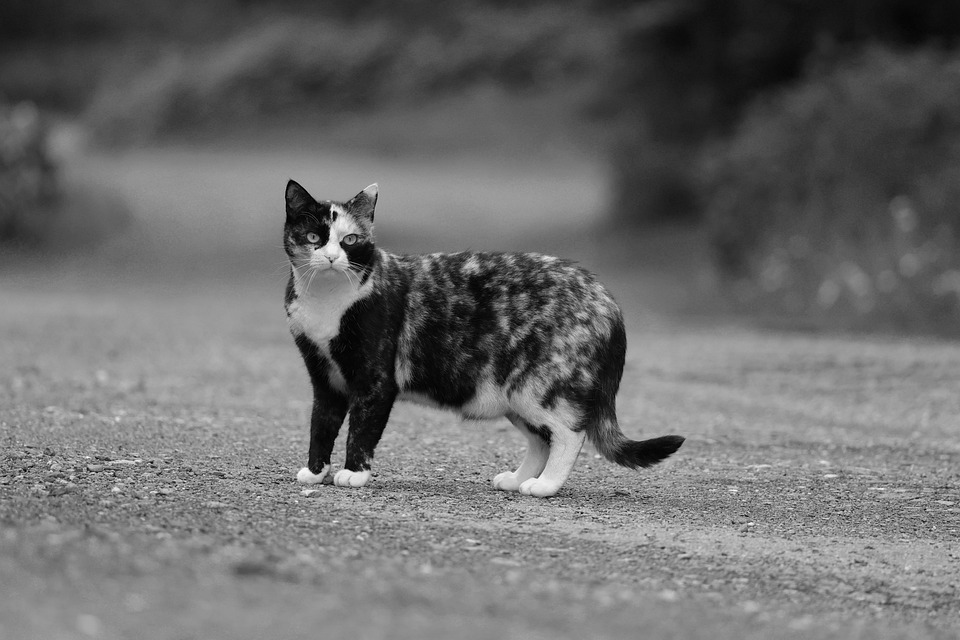*By [Your Name]*
Introduction:
As cat owners, one of the essential skills we must teach our furry friends is how to use a designated pet carrier. Whether it’s for a routine vet visit, a trip to the groomer, or an emergency situation, having a cat that is comfortable and cooperative in a carrier is crucial. In this article, we will explore effective methods to train your cat to use a pet carrier, debunk common misconceptions, and provide answers to frequently asked questions.
I. Understanding the Importance of a Designated Pet Carrier
Before we delve into the training process, it’s essential to comprehend why having a designated pet carrier is beneficial for both you and your feline companion. Here are a few reasons:
1. Safety and Security: A proper pet carrier provides a secure and confined space for your cat during transportation, ensuring their safety and preventing them from escaping or getting injured.
2. Stress Reduction: Familiarizing your cat with a pet carrier helps alleviate anxiety associated with traveling or vet visits. A familiar carrier acts as a safe haven, reducing stress levels and making the overall experience less daunting.
3. Convenience: Having a designated pet carrier makes it easier to transport your cat when needed. It allows for hassle-free trips to the vet or other destinations without the need to chase or handle an unwilling feline.
II. The Training Process: Step-by-Step Guide
Teaching your cat to use a designated pet carrier requires patience and consistency. Follow these steps to ensure a smooth training process:
1. Selecting the Right Carrier:
– Choose a carrier that is appropriate in size, well-ventilated, and has a secure locking mechanism.
– Opt for carriers with removable tops or multiple openings, allowing for easy access during training and transportation.
2. Familiarization:
– Introduce the carrier gradually by placing it in a common area of your home.
– Leave the carrier door open and sprinkle it with catnip or place treats inside to encourage exploration.
3. Positive Association:
– Associate the carrier with positive experiences by placing your cat’s favorite blanket or bedding inside.
– Offer treats, praise, and play sessions near the carrier to create a positive association.
4. Gradual Enclosure:
– Once your cat is comfortable entering the carrier voluntarily, start closing the door for short periods.
– Gradually increase the duration while providing treats, toys, or gentle petting to make the experience positive.
5. Short Trips:
– Begin with short car rides to familiarize your cat with movement and the sounds associated with travel.
– Keep the trips pleasant and reward your cat with treats or playtime upon returning home.
6. Vet Visits:
– Regularly take your cat to the vet, even for non-emergency visits, to acclimate them to the process.
– Ensure the vet experience is positive by rewarding your cat with treats and praise during and after the visit.
III. Frequently Asked Questions (FAQs)
1. Q: How long does it take to train a cat to use a pet carrier?
– A: The duration varies depending on your cat’s temperament and past experiences. Some cats may adapt quickly within a few days, while others may require several weeks of consistent training.
2. Q: What if my cat refuses to enter the carrier?
– A: If your cat is hesitant, try using positive reinforcement techniques like treats, toys, or a familiar scent inside the carrier. Patience and persistence are key.
3. Q: Should I keep the carrier out at all times?
– A: It’s beneficial to keep the carrier accessible and visible to your cat, even when not in use. This helps maintain their familiarity with it and reduces anxiety during future encounters.
4. Q: Can I use any carrier for training, or should I buy a specific type?
– A: It’s recommended to use a carrier designed specifically for cats, ensuring proper ventilation, security, and comfort. The carrier should be appropriate in size for your cat to stand, turn around, and lie down comfortably.
Conclusion:
Training cats to use a designated pet carrier is an essential skill that benefits both their safety and your peace of mind. By following the step-by-step guide provided and understanding the importance of positive reinforcement, you can successfully teach your cat to view the carrier as a secure and comfortable space. Remember, each cat is unique, so be patient, consistent, and always reward good behavior. With time, your cat will become a pro at using their pet carrier, making travel and vet visits much more manageable for both of you.








